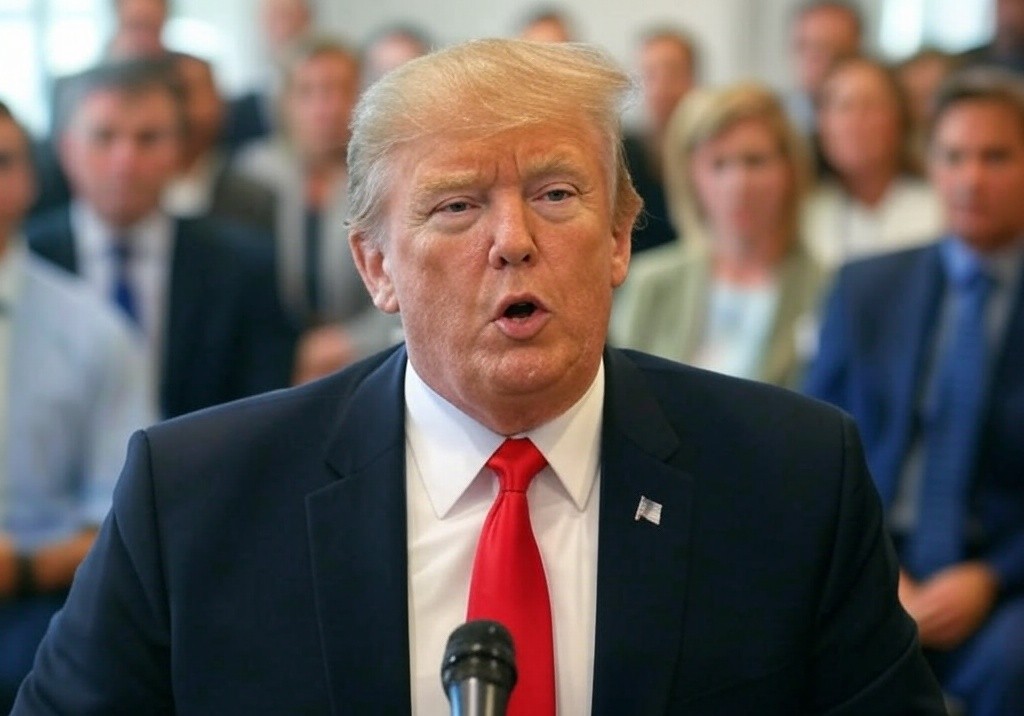Social Security Alerts, News & Updates
Social Security Efficiency Overhaul Under Trump Impacts Millions

Social Security Under Trump: Key Changes and Impacts
President Trump’s administration has implemented several substantive changes to the Social Security Administration (SSA), representing a significant shift in operational approach. These modifications to Social Security warrant careful analysis to understand their full implications for beneficiaries and the program’s future sustainability. The changes affect millions of Americans who rely on Social Security benefits for retirement security.
New Leadership at the Social Security Administration
The appointment of Leland “Lee” Dudek as acting SSA commissioner marks a strategic leadership transition within Social Security. Dudek brings considerable expertise in program integrity and anti-fraud initiatives, succeeding Michelle King following her resignation. Furthermore, the administration has put forward Frank Bisignano, Fiserv CEO, for Senate confirmation as the permanent commissioner, indicating a preference for leadership with private sector experience in the Social Security Administration.
Addressing Benefit Fairness and Retroactive Payments
The SSA has announced a consequential policy implementation regarding retroactive Social Security benefits. Specifically:
- Over 3.2 million individuals affected by the Windfall Elimination Provision (WEP) will receive adjustments
- impacted by Government Pension Offset (GPO) will see retroactive payments
- Beneficiaries can expect increased monthly benefits moving forward
Acting Commissioner Dudek has confirmed that automation will facilitate expeditious processing for most cases, demonstrating a commitment to administrative efficiency in Social Security benefit distribution.
Efficiency Initiatives and Cost Savings
Staffing and Budget Reductions
- Employee reduction targets from 57,000 to 50,000 personnel
- Systematic identification of cost reduction opportunities across grants, contracts, and technology infrastructure
- Projected fiscal savings exceeding $800 million in 2025
- Enhanced focus on Social Security fraud prevention measures
Office Closures and Service Adjustments
In collaboration with the General Services Administration, the administration has initiated the termination of approximately 7,500 federal office leases. While data indicates underutilization of most Social Security Administration offices, these closures raise legitimate concerns regarding service accessibility, particularly for vulnerable retirement beneficiaries.
Promises and Policy Positions
Tax and Benefit Commitments
- Elimination of taxation on Social Security benefits
- Maintenance of current benefit distribution levels
- Enhanced focus on waste and fraud reduction as economic strengthening measures
- No proposed changes to existing Social Security legislation
Potential Economic Impacts
Inflation and Cost of Living Adjustments (COLAs)
The administration’s inflation reduction objectives could potentially enhance the effectiveness of Social Security COLAs in preserving beneficiaries’ purchasing power. However, proposed tariff implementations present countervailing inflationary risks that require careful monitoring.
Immigration and Economic Considerations
Executive actions on immigration enforcement may produce labor market effects with subsequent implications for product pricing and inflation metrics, potentially affecting future Social Security retirement calculations.
Looking Ahead
With approximately 73 million Americans projected to receive Social Security or Supplemental Security Income benefits in 2025, these administrative changes have far-reaching implications. The program faces substantial financial sustainability challenges that may necessitate Congressional intervention to ensure long-term viability of Social Security benefits.
These evolving Social Security policies merit continued analysis as implementation proceeds, particularly regarding their effects on beneficiary services and program sustainability.
